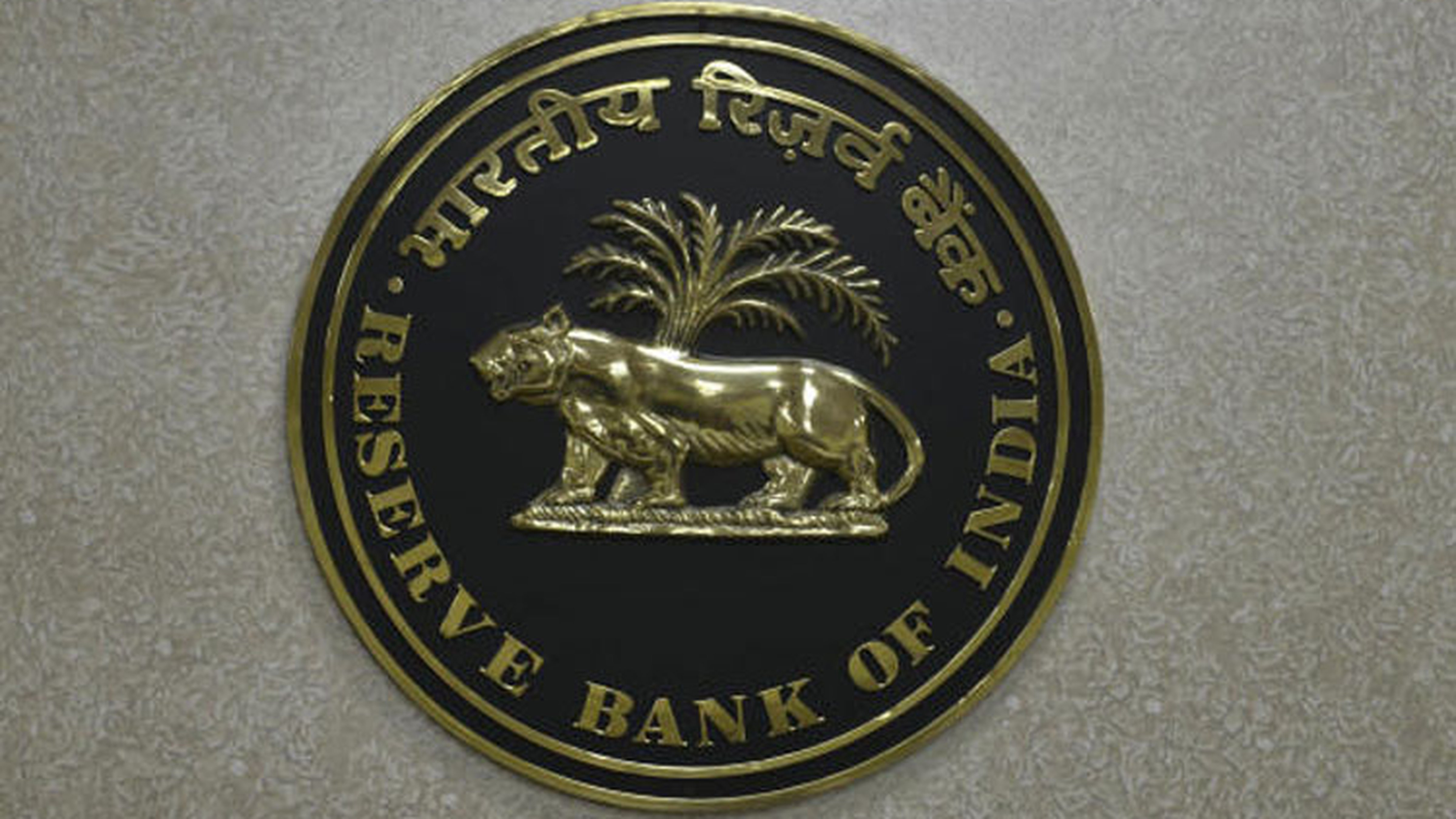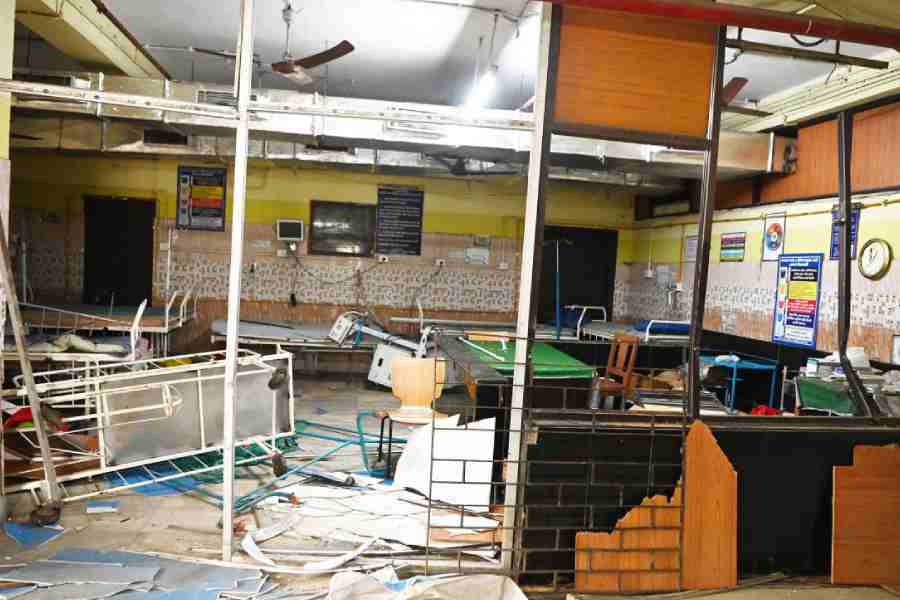The research wing of the country’s largest bank — State Bank of India — has backed the idea of a standing deposit facility (SDF) to suck out excess liquidity from the banking system.
Since the start of the lockdown, the RBI has gone on an overdrive to inject liquidity into the system. Banks, however, are loath to risk bad assets on their books, preferring to channel liquidity back to the RBI through the reverse repo window even as the central bank reduced the reverse repo rates by 25 basis points to 3.75 per cent on April 17 to discourage the banks,
Liquidity parked with the RBI through the reverse repo route jumped to an average of Rs 6 lakh crore in May compared with Rs 4.8 lakh crore in April and Rs 2.9 lakh crore in March under the reverse repo window — but this has come at a cost as the RBI had to offer government securities to the banks as collateral, that reduced its stock of such securities.
Standing deposit facility
A novel way to suck out liquidity from the system is the standing deposit facility (SDF), first proposed six years ago by the Urjit Patel committee in its recommendation for a monetary policy framework.
SDF allows banks to park surplus funds with the RBI without the apex bank offering government securities as collateral and at a lower interest rate.
The concept also found support from the government with Finance Act 2018 specifying amendment to the RBI Act to institutionalise the uncollateralised deposit facility to manage excess liquidity.
“We believe the time has now come for having the necessary amendment in the RBI Act be used effectively so that conduct of reverse repo and term reverse repo operations are completely non-collateralised. As lending to central bank has no credit risk, there is no need to provide government securities as collateral when a market participant places its funds with RBI. Such a move will have multiple benefits,” SBI group chief economic advisor Soumya Kanti Ghosh said.
First, non-receipt of government securities in reverse repo and term reverse repo will boost the overall demand for government securities for the maintenance of requisite Statutory Liquidity Ratio (SLR), since securities obtained under reverse repo are eligible for SLR
Second, this move might also ensure a lower supply of government bonds through less issuance of cash management bills (CMBs).
Third, absorption of additional surplus liquidity at a lower rate through SDF will pull down the entire interest rate structure. In particular, lower operative overnight rate, short term rate and lower supply and generation of additional demand will bring down the yield of long dated government bonds also, pulling down the sovereign yield curve. This will also reduce the interest cost of RBI.
Finally, lower overall rate structure for government bonds will help the debt burdened corporates to replace its existing high cost debt with low cost and fresh borrowing at lower rates, thereby providing some relief on the NPA front.
The implementation of SDF and removal of repo rate, if considered, would mark a key change in the banking system, with industry observers comparing the same with the discontinuance of ad-hoc- treasury bills (used for deficit financing) more than three decades ago.











